Sonic Forces is a shoddy, cheap feeling, game whose best aspect is that it is short and easy
By bigsocrates 4 Comments
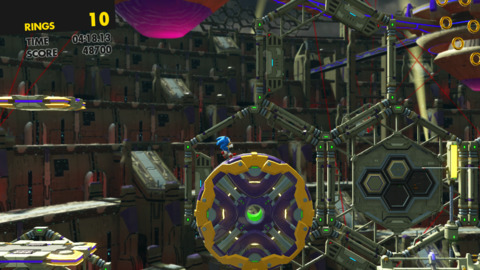
Sonic Forces doesn’t just feel like a bad game, it feels like a game that never had a chance to be good. It’s a disjointed mess in every way, from the nonsensical choppy plot to the short, simple, levels with no sense of place or consistent aesthetics, to the gameplay systems, which seem designed for a different, more complicated game, everything in Sonic Forces feels unfinished to some degree. It feels like a game that was cobbled together from another, more ambitious, failed project, or a game put out way too early in order to meet some contractual obligation (it was actually in development for about 4 years.) It is incredibly, almost unbelievably, slight, with stages that last a couple minutes at most and zero memorable gameplay segments. It lacks cohesion and vision. It’s an unpolished mess.
And yet I don’t hate Sonic Forces. Its gameplay systems don’t fit the game but they’re mostly functional, and the 30 short levels fly by quickly, making sure that even if you’re not absorbed in the game you’re also not bored by some lengthy slog. It’s an easy and forgiving game; I played on the “hard” difficulty, which really should be the default, and S-ranked about a quarter of the levels during my first runthrough, even though I wasn’t particularly trying to play well. The graphics range from inoffensive to actually quite good, with some nice detail in some of the environments and dynamic camera angles making some of the set-pieces look pretty good (even if I sometimes lost track of my character and died because I missed a prompt or a target circle.) The music is not as great as some of the Sonic sound tracks of the past, but I enjoyed it, and the character creation tool is robust enough to provide a few chuckles, and absolutely showers you with items to dress your avatar up in, often providing 4-5 pieces of clothing after every 2-3 minute level, even if you don’t meet any goals other than getting to the end.
And yes, the much hyped player-created Sonic Avatar is probably the best part of the game. There are a large number of customization options, from the species of furry you want to be, to your clothes and accessories, to your win pose and the type of “wispon” weapon you’re equipped with, which gives you a gun and a special move. “The Rookie” as he is called is pure fan service for Sonic Original Characters. He or she gets almost as much screen time as Sonic (there are actually two Sonics, modern and classic) including his/her own stages, cut scenes, and boss fights. In several stages he/she races alongside Sonic in a not-quite throwback to Sonic Heroes, enabling the player to use both Sonic and Rookie abilities to clear the level, while Sonic cheerfully tells you how amazing you are and how you are saving the day and what a great team you make. For anyone who ever wished Sonic was their best friend and they could go on adventures together…this should fulfill your fantasies. Or rather it would if the game was better. The 3 minute long stages don’t leave a lot of time for relationship building, and zipping through a short stage with Sonic doesn’t make it feel like you’re in the trenches fighting against Eggman’s evil empire with him, more that you’re his kid brother and he’s letting you tag along while he runs errands.
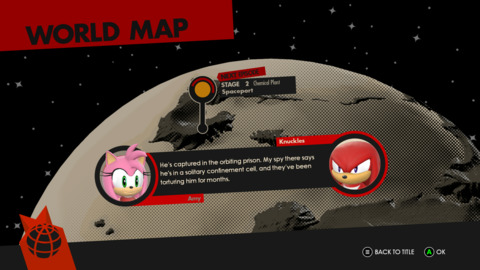
Speaking of Eggman’s evil empire…this game’s story is terrible. It is objectively the worst part of a game that isn’t very good in any aspect. It starts with Sonic running through Green Hills Zone to confront Dr. Eggman, who, the game regrets to inform you, is back on his bullshit. Sonic meets Eggman who has a new hedgehog lackey, Infinite, who, with the help of a cast of Sonic’s biggest enemies from past games, quickly defeats Sonic, moving faster and hitting harder than our hero can. Sonic is captured and tortured for months (the game is explicit about this, though it doesn’t show him being tortured, thankfully) and Eggman takes over the world.
This capture of the world is shown by…some white text on a black screen saying that Eggman has taken over the world. A resistance forms, led by general Knuckles who is still pretty dumb (though not Sonic Boom dumb) in this game, and the avatar character joins as a refugee from a city that Eggman has destroyed.
All of this is told in a combination of cut scenes, text, and voiced conversation between character’s talking heads and none of it makes any sense. There is no sense of pathos or suffering, and no sense of place either. The game is nominally post-apocalyptic but it skips past the apocalypse, and the “Sonic Forces” who are fighting a desperate battle for survival against the Eggman empire are never really shown beyond Sonic’s friends (though it’s implied there are a lot more rebels.) The rest of the game unfurls across 30 short levels and while there’s still story…I couldn’t really follow it. Classic Sonic, who is mute for some reason, shows up, the team rescues Sonic, they launch a few assaults at random installations that somehow cripple Eggman even though he has the whole world under his control and also has a giant Death Egg space station, and there are some fights with random villains including a guy from Sonic the Lost World and Metal Sonic.
There’s no character development, no interesting character moments, no real motivations or back story, just some quips, Infinite and Eggman monologuing at you, you kick their butts and roll credits.
I get that this is a Sonic game and Sonic games have never had good stories, but there was a time when they at least tried. Sonic Forces doesn’t try. It just strings a few very well-worn beats together and calls it a story. For all the hype there’s just nothing here. Even Sonic 06, for all its faults, tried. It tried too hard and tried to do horrible, shameful, things but it tried.
And Sonic Forces doesn’t seem to be trying in any aspect other than, perhaps, art direction. Throughout my playthrough I remained baffled that the levels were actually as short and boring as they were. You might run through a couple areas with enemies who exist only to be boosted through or flame attacked and then do some very light platforming and then…you’re at the end. Often levels lasted less than 2 minutes, much of that time spent in cut scenes or gameplay segments that might as well be cut scenes. There are a few areas that require some actual player input in each level and there are some decent set pieces mixed in (and the 2D levels tend to be a bit longer and substantially more interactive, playing like very short and not well designed but legitimate platformer levels) but levels really do feel like they’re abbreviated in a jarring way. Compared to a game like Super Lucky’s Tale, which didn’t have the longest levels but was much more substantial, Sonic Forces feels like a skipping CD of a game, where half of each song gets passed over by the laser as it seeks data it can read.
A note here about two other elements of this game: rings and enemies. Rings in Sonic Forces are pointless as anything other than health. You don’t get anything for collecting them and since you lose them all when you get hit, unless you’re perfect through a stage there’s no point in collecting them early on since you won’t be able to carry them to the end. They are still scattered around and given as rewards for exploration but they just do not matter. They needed to be rethought the way that coins were in Mario Odyssey. They weren’t, and they are totally irrelevant.
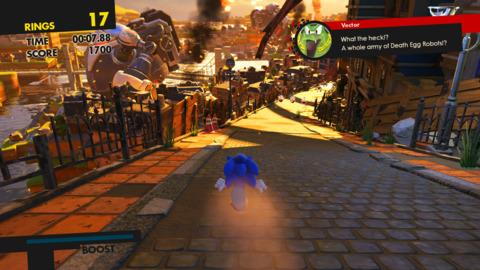
The enemies are also irrelevant. None of them are threats, they just linger around levels waiting to be boosted through or shot with a flamethrower and they are about as aggressive as the platforms you run on. Sometimes they are used for traversal, but otherwise they serve basically no purpose except to slightly delay you on your path. Given how memorable (and dangerous) enemies could be in earlier games, this is another example of dumbing down. This is especially true in the 3-D levels (the 2-D levels feature enemies who are at least obstacles to progress) I don’t understand the decision to have like 10 enemy types, none with unique patterns or behaviors, but it’s the decision they went with, and thus we have a Sonic game with no memorable enemies.
The bosses fare a little better. The bosses all get their own levels and while none of the fights are memorable (except for a frustrating fight with infinite where he makes the screen go red and I often died after the first hit because I couldn’t see anything.) The first fight with Infinite is probably the best in the game, a dynamic showdown on the back of a giant snake that looks great even if it plays as a standard Sonic “catch up with the villain and homing attack him” boss fight.
So, given the bad story and totally unmemorable enemies and stages, why did I say that I don’t hate Sonic Forces? Mostly because it’s short and easy. It’s a painless experience. The game is unpolished and you will suffer cheap deaths from areas that don’t let you see what’s going on, or unpolished controls that have you flying off the stage when you should be zipping to the next target, but that never sets you back more than 30 seconds or so. There are some cool visuals and a few of the late-game stages are actually fun to play. There’s a cascade of loot and achievements, and then it’s over. Sure there’s a lot more to do if you want to, from red rings to collect to a bunch of bonus levels and online features, and a whole internal challenge system to dig into if you want to. There’s some real replay value for people who want to dig into the game and find it. I don’t. I spent $20 on Sonic Forces, which is probably $10 more than its worth, and in return I got a quick, shallow experience. Okay. I can live with that. This is what, in the old days, we would call a rental. Something to burn away some time on a weekend afternoon, relaxing with a game that’s just engaging enough not to bore you.
Sonic Forces mostly didn’t bore me. But it didn’t excite me either.
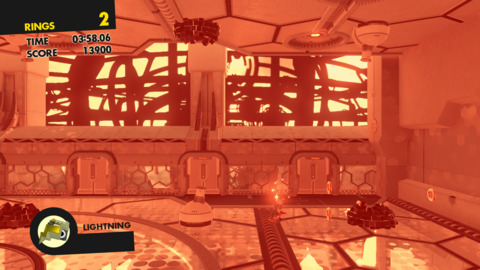
I haven’t played a lot of Sonic games, though I find the character fascinating in its own way and have watched a lot of videos about him, but my personal experience is focused in the Adventure era, when Sonic had a longer, more involved, story and stages that had a sense of place and purpose to them. Sonic Forces feels like a … Shadow (pun not intended) of what that series used to be. It feels like a cut-rate attempt at squeezing some money out of an old franchise, sort of like the new Bubsy game or, apparently, Darksiders 3. Since Sega seems financially stable right now and this game had plenty of time in development (and Sonic still sells well) I can’t understand what happened. Maybe they were trying to do something more interesting and just ran out of time and found it wasn’t working. Maybe they just got lazy. Either way, Sonic Forces releasing the same year as Super Mario Odyssey really shows how the one-time rivals have diverged. Sonic the Hedgehog has reached middle age. He’s gotten paunchy and complacent, phoning it in at a job he no longer has any passion for just to keep the lights on and the rent paid. Mario is still vital. Still learning and growing and developing. There’s a reason that Nintendo is still one of the big three companies in video games and Sega is now just another publisher, and Sonic Forces personifies that.
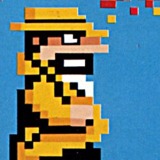
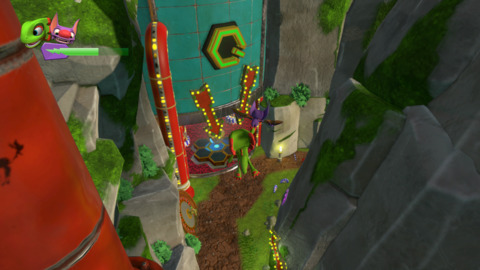
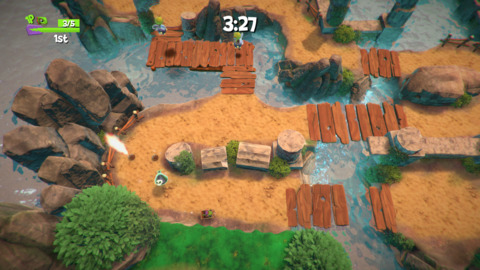
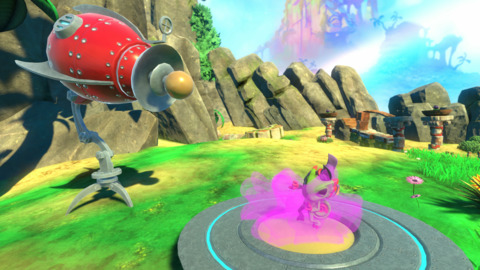
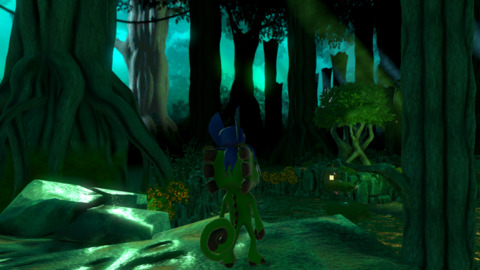
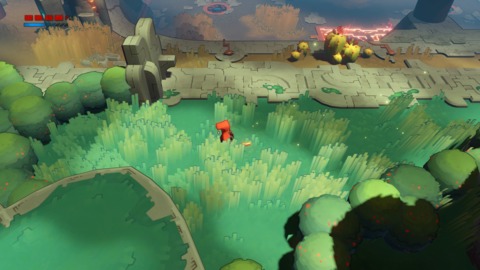
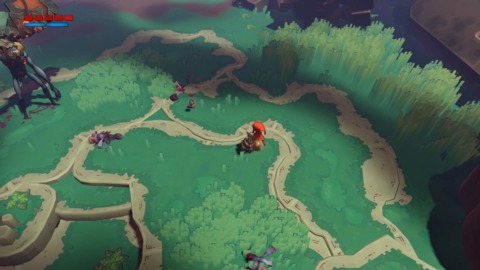
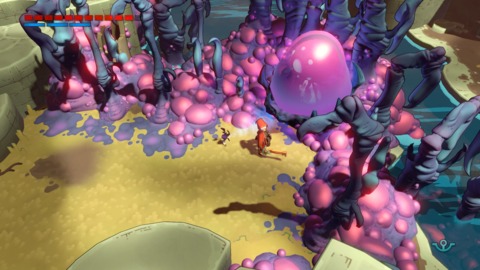
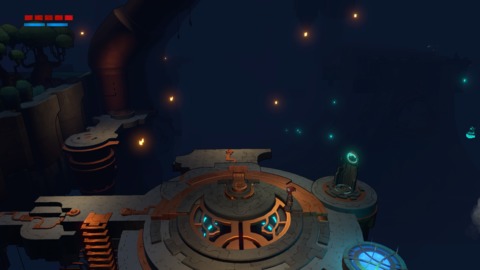
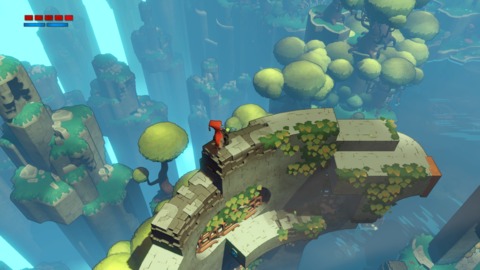
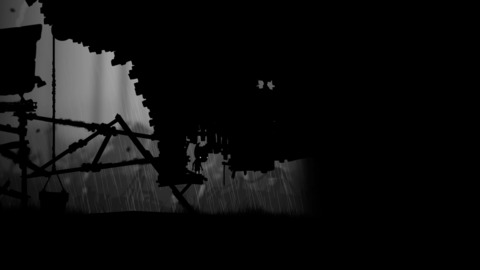
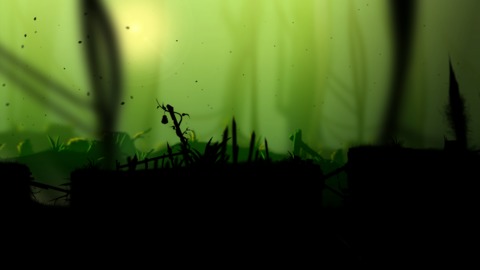
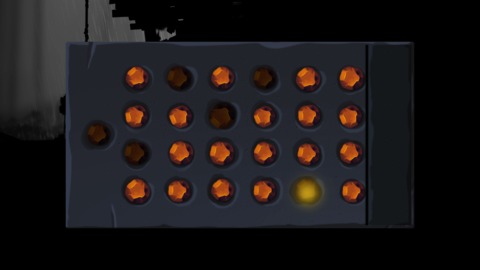
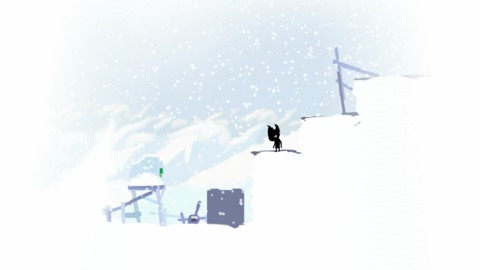
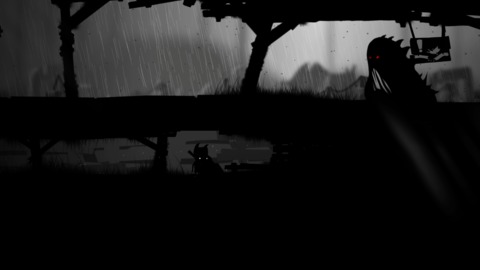

Log in to comment